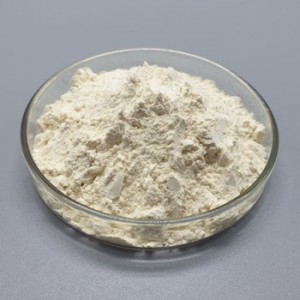Pullulanase is a thermally stable debranching enzyme applied at low pH values, used in conjunction with saccharifying enzymes, to produce high glucose syrup and high maltose syrup from liquefied starch slurry. This is an enzyme produced by genetically engineered Bacillus licheniformis. This enzyme is stable under high temperature and acidity, and can hydrolyze liquefied starch α— The 1.6-D glycosidic bond produces compounds containing (1,4)- α- D) Straight chain polysaccharides with glucose bonds.
This enzyme complies with the food grade enzyme preparations recommended by the Food and Agriculture Organization of the United Nations (FAO)/World Health Organization (WHO) and the Food Chemical Pharmacopoeia (FCC). In the United States, it is believed that products can be used with confidence.
The enzyme has strong activity in the range of 55~65 ℃, with 60 ℃ being the optimal temperature for its degradation of Pullulanase. Pullulanase exhibits good stability below 70 ℃, with residual activity above 90%. However, when the temperature exceeds 70 ℃, the enzyme activity begins to rapidly decrease. The optimal pH value is 5.0~6.0. Within the pH range of 4.0~7.5, the stability of pullulanase is relatively high, with less loss of activity, and the residual activity of the enzyme is over 90%.
Pullulanase works synergistically or alone with other amylases to improve food quality, reduce grain consumption, save costs, and reduce pollution. The ability of pullulanase to break down branched chains determines its widespread application in the food industry, and it has become a promising new variety in amylase preparations with broad development and application prospects. Its application research in the food industry will also become increasingly extensive and in-depth.
Post time: Apr-23-2024
